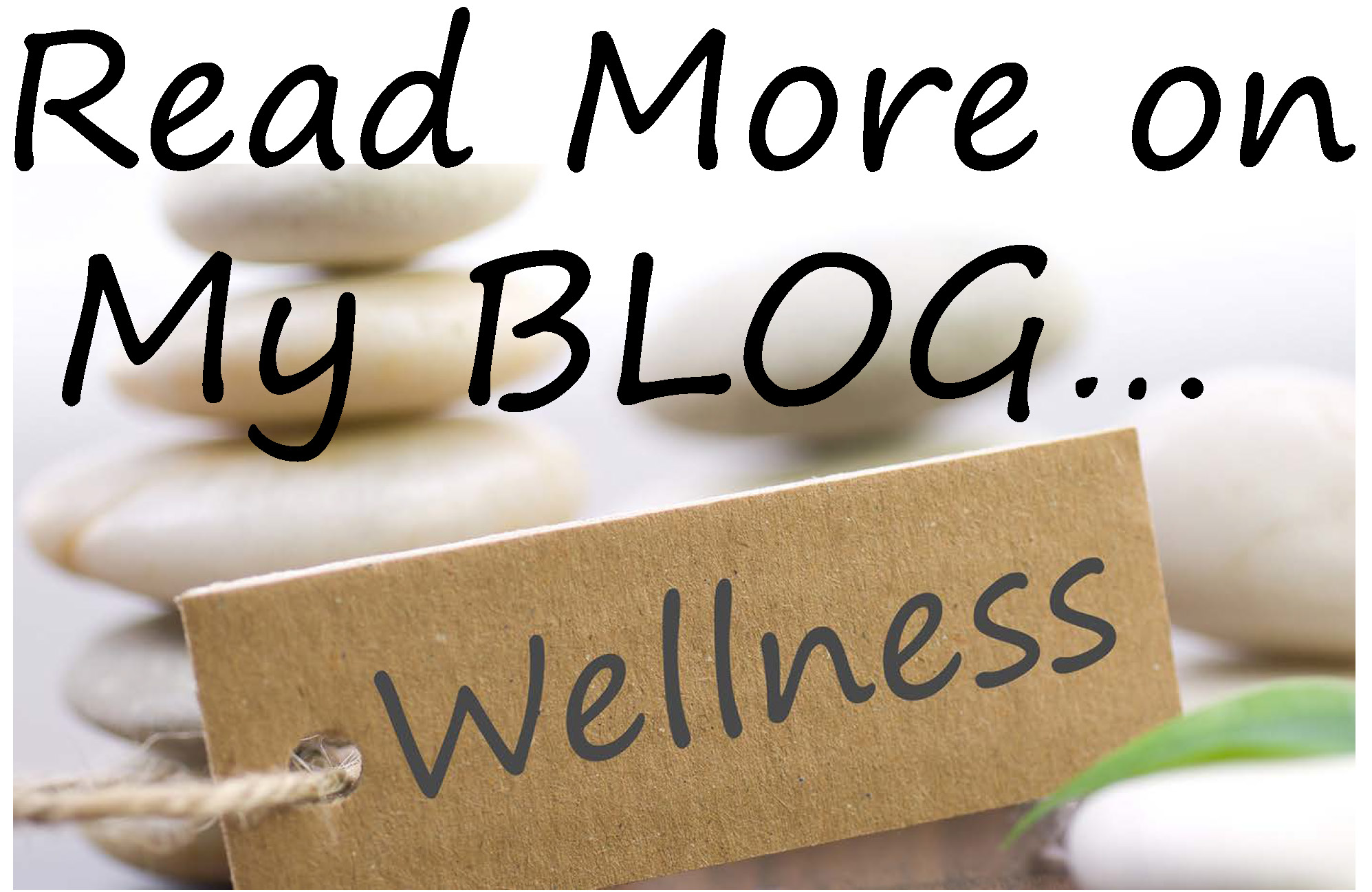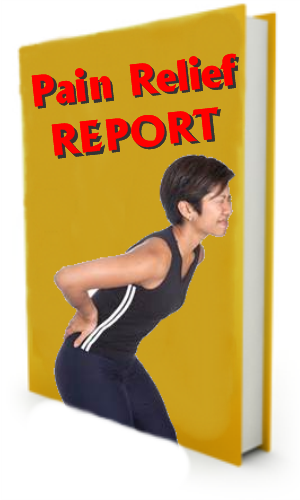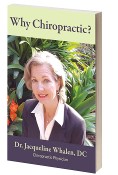How to Read the New Nutrition Facts Tables
The Nutrition Facts table is on the side of most packaged foods. It’s often found close to the ingredient listing.
The purpose of it is to help consumers make better nutrition decisions. When people can see the number of calories, carbs, sodium, etc. in food, they should be able to eat better, right?
Whether you like the Nutrition Facts table or not, let’s make sure you get the most out of it, since it’s here to stay!
Here’s my four-step crash course on reading the Nutrition Facts table.
Step 1: Serving Size
The absolute most important part of the Nutrition Facts table is to note the serving size. Manufacturers often strategically choose the serving size to make the rest of the table look good. Small serving = small calories/fat/carbs. So, it’s tricky.
All the information in the table rests on the amount chosen as the serving size. And, since every manufacturer chooses their own, it’s often difficult to compare two products.
Let’s use an example – plain, unsalted walnuts from Costco.
Right under the Nutrition Facts header is the serving size. That is a ¼ cup or 30 g. This means that all the numbers underneath it are based on this amount.
FUN EXPERIMENT: Try using a measuring cup to see exactly how much of a certain food equals one serving. You may be surprised at how small it is (imagine a ¼ cup of walnuts).
Step 2: % Daily Value
The % Daily Value (%DV) is based on the recommended daily amount of each nutrient the average adult needs. Ideally, you will get 100% DV for each nutrient every day. This is added up based on all of the foods and drinks you have throughout the day.
NOTE: Since children are smaller and have different nutritional needs if a type of food is intended solely for children under the age of 4, then those foods use a child’s average nutrition needs for the %DV.
The %DV is a guideline, not a rigid rule.
You don’t need to add all of your %DV up for everything you eat all day. Instead, think of anything 5% or less to be a little; and, anything 15% or more to be a lot.
NOTE: Not every nutrient has a %DV. You can see it’s missing for things like cholesterol, sugar, and protein. This is because there isn’t an agreed “official” %DV for that nutrient. The good news is that the new Nutrition Facts tables will include a %DV for sugar. Keep your eyes out for that.
Step 3: Middle of the table (e.g. Calories, fat, cholesterol, sodium, potassium, carbohydrates, and protein)
Calories are pretty straight forward. Here, a ¼ cup (30 g) of walnuts has 200 calories.
Fat is bolded for a reason. That 19 g of fat (29% DV) is total fat. That includes the non-bolded items underneath it. Here, 19 g of total fat includes 1.5 g saturated fat, (19 g – 1.5 g = 17.5 g) unsaturated fat, and 0 g trans fat. (Yes, unsaturated fats including mono- and poly-unsaturated are not on the label, so you need to do a quick subtraction).
Cholesterol, sodium, and potassium are all measured in mg. Ideally, aim for around 100% of potassium and sodium each day. It’s easy to overdo sodium, especially if you grab pre-made, restaurant foods, or snacks. Keep an eye on this number if sodium can be a problem for you (e.g. if your doctor mentioned it, if you have high blood pressure or kidney problems, etc.).
Carbohydrate, like fat, is bolded because it is total carbohydrates. It includes the non-bolded items underneath it like fiber, sugar, and starch (not shown). Here, 30 g of walnuts contain 3 g of carbohydrates; that 3 g are all fiber. There is no sugar or starch. And as you can see, 3 g of fiber is 12% of your daily value for fiber.
Proteins, like calories, are pretty straight forward as well. Here, a ¼ cup (30 g) of walnuts contains 5 g of protein.
Step 4: Bottom of the table (e.g. vitamins & minerals)
The vitamins and minerals listed at the bottom of the table are also straightforward. The new labels will list potassium, calcium, and iron. Yes, potassium will drop from the middle of the table to the bottom, and both vitamins A & C will become optional.
Manufacturers can add other vitamins and minerals to the bottom of their Nutrition Facts table (this is optional). And you’ll notice that some foods contain a lot more vitamins and minerals than others do.
Conclusion
I hope this crash course in the Nutrition Facts table was helpful. While you can take it or leave it when it comes to making food decisions, it’s here to stay. And it will change slightly over the next few years.
Do you have questions about it? Have you seen the new labels with a %DV for sugar? If so, leave me a comment below.
Recipe (walnuts): Delicious and Super-Easy Walnut Snack
Serves 1
8 walnut halves
4 dates, pitted
Directions:
Make a “date sandwich” by squeezing each date between two walnut halves.
Serve & enjoy!
Tip: Try with pecans instead.
References:
http://www.healthycanadians.gc.ca/eating-nutrition/label-etiquetage/changes-modifications-eng.php
https://www.canada.ca/en/health-canada/services/understanding-food-labels/percent-daily-value.html
Bye Bye Sleeping Through the Night
Have you said “bye bye” to sleeping through the night?
Are you feeling exhausted or “running on stress hormones” all day?
Do not fear, I have some great tips (and an amazing recipe) for you!
The science of sleep is fascinating, complicated and growing
Sleep is this daily thing that we all do and yet we’re just beginning to understand all of the ways it helps us and all of the factors that can affect it.
Lack of sleep affects just about everything in your body and mind. People who get less sleep tend to be at higher risk for so many health issues like diabetes, heart disease, and certain types of cancer; not to mention effects like slower metabolism, weight gain, hormone imbalance, and inflammation. And don’t forget the impact lack of sleep can have on moods, memory and decision-making skills.
Do you know that lack of sleep may even negate the health benefits of your exercise program? (Gas
OMG – What aspect of health does sleep not affect???
Knowing this it’s easy to see the three main purposes of sleep:
- To restore our body and mind. Our bodies repair, grow and even “detoxify” our brains while we sleep.
- To improve our brain’s ability to learn and remember things, technically known as “synaptic plasticity”.
- To conserve some energy so we’re not just actively “out and about” 24-hours a day, every day.
Do you know how much sleep adults need? It’s less than your growing kids need but you may be surprised that it’s recommended that all adults get 7 – 9 hours a night!
Try not to skimp!
(Don’t worry, I have you covered with a bunch of tips below.)
Tips for better sleep
*The biggest tip is definitely to try to get yourself into a consistent sleep schedule. Make it a priority and you’re more likely to achieve it. This means turning off your lights 8 hours before your alarm goes off. Days. A. Week. I know weekends can easily throw this off but by making sleep a priority for a few weeks your body and mind will adjust and thank you for it.
- Balance your blood sugar throughout the day. You know, eat less refined and processed foods and more whole foods (full of blood-sugar-balancing fiber). Choose the whole orange instead of the juice (or orange-flavoured snack). Make sure you’re getting some protein every time you eat.
- During the day get some sunshine and exercise. These things tell your body it’s daytime; time for being productive, active and alert. By doing this during the day it will help you wind down more easily in the evening.
- Cut off your caffeine and added sugar intake after 12pm. Whole foods like fruits and veggies are fine, it’s the “added” sugar we’re minimizing. Yes, this includes your beloved chai latte. Both caffeine and added sugar can keep your mind a bit more active than you want it to be come evening. (HINT: I have a great caffeine-free chai latte recipe for you below!).
- Have a relaxing bedtime routine that starts 1 hour before your “lights out” time (that is 8 – 10 hours before your alarm is set to go off). This would include dimming your artificial lights, nixing screen time and perhaps reading an (actual, not “e”) book or having a bath.
So how many of these tips can you start implementing today?
Being Fit and Staying Healthy does NOT have to be difficult OR take a lot of time!
-Dr. Jacqueline Whalen
*******
Recipe (Caffeine-free latte for your afternoon “coffee break”): Caffeine-Free Chai Latte
Serves 1-2
1 bag of rooibos chai tea (rooibos is naturally caffeine-free)
2 cups of boiling water
1 tablespoon tahini
1 tablespoon almond butter (creamy is preferred)
2 dates (optional)
Cover the teabag and dates (if using) with 2 cups of boiling water and steep for a few minutes.
Discard the tea bag & place tea, soaked dates, tahini & almond butter into a blender.
Blend until creamy.
Serve and Enjoy!
Tip: You can try this with other nut or seed butters to see which flavour combination you like the best. Cashew butter anyone?
Exercise………
Does the word make you cringe?
Do you associate it with losing/maintaining your weight ?
I’d like to change that.
Think of exercise as
Body Movement
Your body has over a dozen different “systems” , each one needing Movement to initiate.
Do you think our Grandparents (or Great Grandparents if you’re under 30) belonged to a gym or went to Pilates class?
I know, it’s a funny thought, right?
It wasn’t until the 1930’s, that gym and strength training became popular.
Some of us remember the old “muscle beach” in Venice Beach of Santa Monica.
Then around 1960, Gold’s gym really started the craze, followed by Jane Fonda’s aerobics in the 70’s.
And you know how it’s evolved to what we know today.
And yet, now with all the gyms, classes, and exercise videos-
Our population is more unfit, unhealthy and overweight than ever!
If you haven’t already guessed it- I am not a big “gym” proponent.
Don’t get me wrong, I think gyms have so much to offer
and a lot of people actually enjoy spending time there.
And that’s Awesome.
What if you Don’t like going to a gym?
What if you don’t have the extra funds for a gym?
****what if you go faithfully and STILL don’t have the body you want?
Gyms and Exercise as we know it, are NOT necessary to be fit and healthy.
But regular Body Movement through out the day IS necessary.
Someone who sits for 8-10 hours a day 5 days a week for 20 years
But goes to the gym for an hour 5 days a week IS NOT necessarily healthy!
However, someone who moves around all day long every day and does NOT go to the gym,
IS probably healthier.
Body Movement is a lifestyle
And can be fun:
Dancing, playing with kids and pets, cleaning (ok I’m weird) , nature walking
What Body Movement will you incorporate in your day today?
Every Day is a New Day
And Being Healthy does NOT have to be difficult and take a lot of time-
Sincerely,
Dr. Whalen
619-232-0783
A favorite therapy of mine:
Walking:
It’s also an essay by Henry David Thoreau
published in 1862
Henry talks about the importance of nature and that mankind needs to stay connected to nature.
He believed that people were becoming more and more entrenched in society and its complexities.
And this was back in the 1800’s!
I wonder what he would think about us in 2019!
Henry wrote about walking as a spiritual and self reflective act, that allows you to learn who you are
and find those aspects of yourself that have been chipped away by society and the daily grind.
When was the last time You took a walk?
A real walk?
30 min or more, among nature, in a park, on a beach, in the woods….
Walking is therapy
for the mind,
body
and soul.
It’s the best thing for a low back problem.
It’s easy, available and free!
Are you convinced yet to take a walk today?
If so, tell me where and for how long-
Did you self reflect?
Today is a perfect day for a walk!
Give it a go!
Proving that getting healthy does NOT have to be hard, expensive or take a lot of time-
Sincerely, Dr. Whalen
619-232-0783


 For Instant Access to
For Instant Access to 